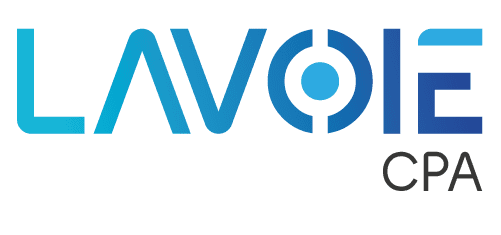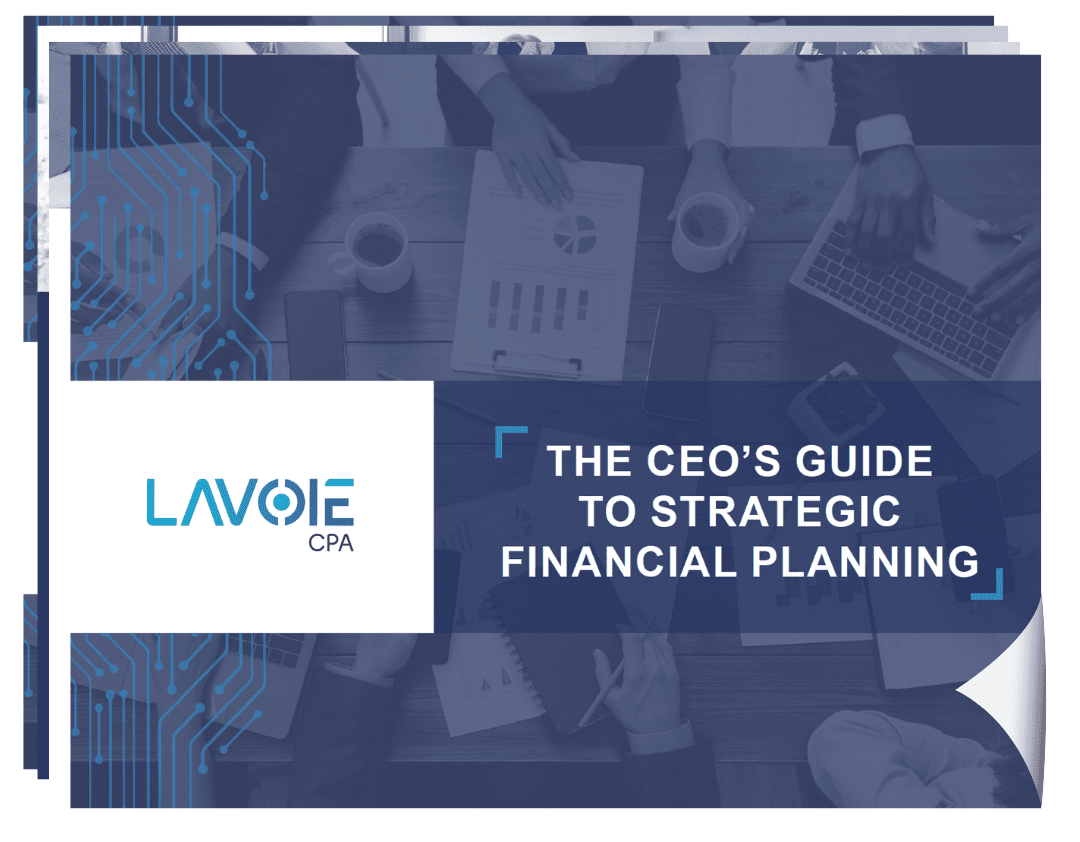
What Is a 10x Valuation System? (+ Advantages and Strategies to Implement Effectively)
Introduction
A 10x valuation system refers to a method where a company’s investors are willing to pay up to 10 times the company’s current worth due to its potential for rapid growth and profitability.
It has gained popularity in recent years, particularly amongst startups because it attracts investments and positions businesses for long-term success.
In this blog post, you’ll learn what the 10x valuation system is, and understand how it works. We will also explore the advantages and disadvantages, and also look at some examples of companies that have successfully implemented it.
What Is a 10x Valuation System?
A 10x valuation system is one where investors are willing to pay 10 times a company’s worth. However, its success and implementation depend on factors like industry and competition. Other common valuation methods include:
- Asset valuation: This is calculated based on assets belonging to a business
- Relative valuation: This is calculated by comparing the assets of a similar business
- Historical earnings valuation: This is calculated based on a business’s cash flow, gross income, and ability to repay debt
Advantages of Using a 10x Valuation System
1. High ROI for Investors
The system provides high returns for investors as companies who have adopted it focus more on long-term growth rather than quick wins (which have proven to be detrimental). An example is the fall of Elizabeth Holmes’ Theranos.
It allows companies to set high goals and develop strategies for achieving them, increasing the chances of generating substantial returns for investors.
2. Encourages a Focus on Building the Right Business Model
It also encourages the development of a business model that’s sustainable and scalable with the potential to generate high ROIs.
The 10x valuation system gives companies a deep understanding of their finances, revenue structure, and cash flow. This allows them to mitigate risks and set their business for potential long-term success.
Examples of successful business models include:
- Subscription-based models
- Freemium models
- On-demand models
3. Attracts Top-Tier Investors
The system attracts top-tier investors due to its ability to project promising financial growth. It shows that a company can take a significant share of the market comfortably.
A 10x valuation system allows brands to attract investors willing to pay a premium for the next big thing in their industries as they are always on the lookout for companies with the potential to become dominant players in their field.
4. It Rewards Creativity and Innovation
The system also rewards creativity and innovation by forcing companies to pursue different problem-solving approaches. It encourages companies to explore new markets while thinking creatively about how to address the needs of those markets to reach 10x their worth.
It also encourages companies to take risks and experiment with new models that focus on sustainable long-term growth. Additionally, it creates a culture of innovation within a company where employees think creatively to come up with new ideas to help the company grow, and stay ahead of its competitors.
Challenges and Limitations of using a 10x Valuation System
1. Requires a High Level of Growth and Scalability
While the 10x valuation system has numerous advantages, it might be difficult for some companies to implement. The level of growth required makes it difficult for companies operating in markets with limited growth opportunities to adopt it successfully.
Additionally, achieving high levels of growth and scalability requires significant investments in research and marketing. This poses a problem for businesses unable to access the funds for these investments. The pressure forces companies to acquire additional debt, or dilute their equity to raise capital – which creates financial risks over the long term.
2. Not Effective For all Types of Businesses
Implementing the system is also not successful for all types of businesses because of the market size and differences in risk tolerance.
Businesses that are unwilling to take risks will not be a great fit for the 10x valuation system as it requires taking calculated risks and investing significantly in research and marketing.
3. Can Lead to Overvaluation and Unrealistic Expectations
Sometimes predictions about growth rates and a business’ market capitalization are wrong. Market dynamics might change, and new competitors with better UVPs can spring up.
The system also expects companies to attain high growth rates very quickly, typically within months or a couple of years. However, building a sustainable business takes time, and such expectations might not be met.
Companies valued under this system may face significant pressure from investors. This might lead to aggressive growth strategies that can pose potential financial risks for everyone involved.
Strategies for Implementing a 10x Valuation System
1. Identify a Large and Growing Market
Since the 10x valuation system rates businesses based on their potential to achieve significant growth, companies need to identify large and growing markets where they can capture significant shares of the market. This lays the foundation for development and attracts investors on the lookout for high-growth opportunities.
To recognize large and growing markets, companies should conduct extensive research to understand the dynamics of each market and its unique trends.
2. Build a Strong Team of Individuals with a Proven Track Record
Another strategy necessary to implement this system is building a team of individuals with track records of success. A strong team possesses the necessary skills and experience needed to execute strategies successfully. Proven track records indicate that team members can deliver results.
Investors prefer to work with companies possessing strong teams because they have proven abilities to execute growth strategies successfully.
3. Focus on Innovation and Disruption
Focusing on innovation and disruption is an effective strategy for implementing this system as companies that bring groundbreaking products and services to the market experience exponential growth. They carve out a niche for themselves in the market, and competitors find it difficult to replicate their successes.
To do this, you’ll need to challenge the status quo of traditional industries by taking a fresh perspective on marketing and product design or introducing new technologies that challenge established players in the market.
4. Implement a Scalable Business Model
A scalable business model is one that can easily be replicated and expanded as the company grows. This involves finding better ways and strategies to market and using the right advertising channels and methods.
A scalable business model has underlying profitability, a strong distribution network, and the ability to automate numerous activities. It allows companies to grow rapidly and efficiently, while still maintaining focus on efficiency.
Real-world Examples of 10x Valuation Success Stories
1. Uber
In 2011, Uber’s private valuation was $60 million, eventually increasing to $76 billion in August of that year. The car service is considered an attractive business by investors because:
- It’s a category leader revolutionizing and disrupting the status quo by changing laws in some cities and receiving prohibitions in others.
- Its business model is effective and scalable, offering a great alternative to poorly-funded public transportation.
It increased to 10x what it was worth initially and became the world’s most valuable startup.
2. Airbnb
In 2014, Airbnb was valued at $10 billion, and in 2020 valued at $100 billion. As of March 2023, its market capitalization is ~ 75 billion.
Airbnb was founded in 2008, and quickly gained traction in the market with its innovative business model which allowed homeowners to rent out their spare rooms. The company:
- Focused on identifying a large and growing market by targeting travelers who were seeking unique and affordable accommodations.
- Built a strong team of individuals with proven track records of success in the technology and hospitality industries.
- Focused on innovation and disruption by challenging the traditional hotel industry.
In 2014, Airbnb was valued at $10 billion, and in 2020 valued at $100 billion. As of March 2023, its market capitalization is ~ 75 billion.
3. Slack
Slack, a cloud-based communication platform for teams is another company that successfully adopted a 10x valuation system. This allowed Slack to achieve a $1 billion valuation after eight months of launching its product.
One vital factor that contributed to the success of slack was its focus on solving a major problem businesses face; the need for effective communication between teams and collaboration tools. Another strategy Slack implemented was building a strong team. Slack’s co-founder, Stewart Butterfield had a successful track record as the co-founder of Flickr.
4. Zoom
Zoom is another example of a company that successfully implemented the system through a combination of strong market demand, a focus on innovation and disruption, and the adoption of a scalable business model.
It capitalized on the large and growing market for video conferencing software to capture a significant share of the market, and its freemium model also allowed users to sign up for free.
As of March 2023, Zoom was worth ~$19 billion – more than 10x what it was worth some years ago.
Conclusion
The 10x valuation system is a popular method for startups and businesses to attract top-tier investors and achieve rapid growth. By focusing on innovation and disruption, adopting a scalable business model, and building a strong team, companies can create a strong foundation for success.
It is however important to note that it can lead to unrealistic expectations and overvaluation if applied to the wrong business. It requires a strong understanding of the market, and a willingness to take risks. Contact Lavoie CPA today to help take your business to the next level.
Start implementing these strategies in your business today.





